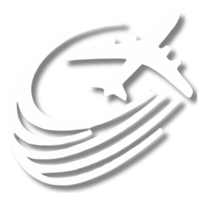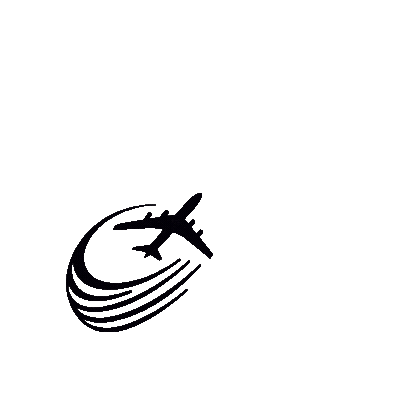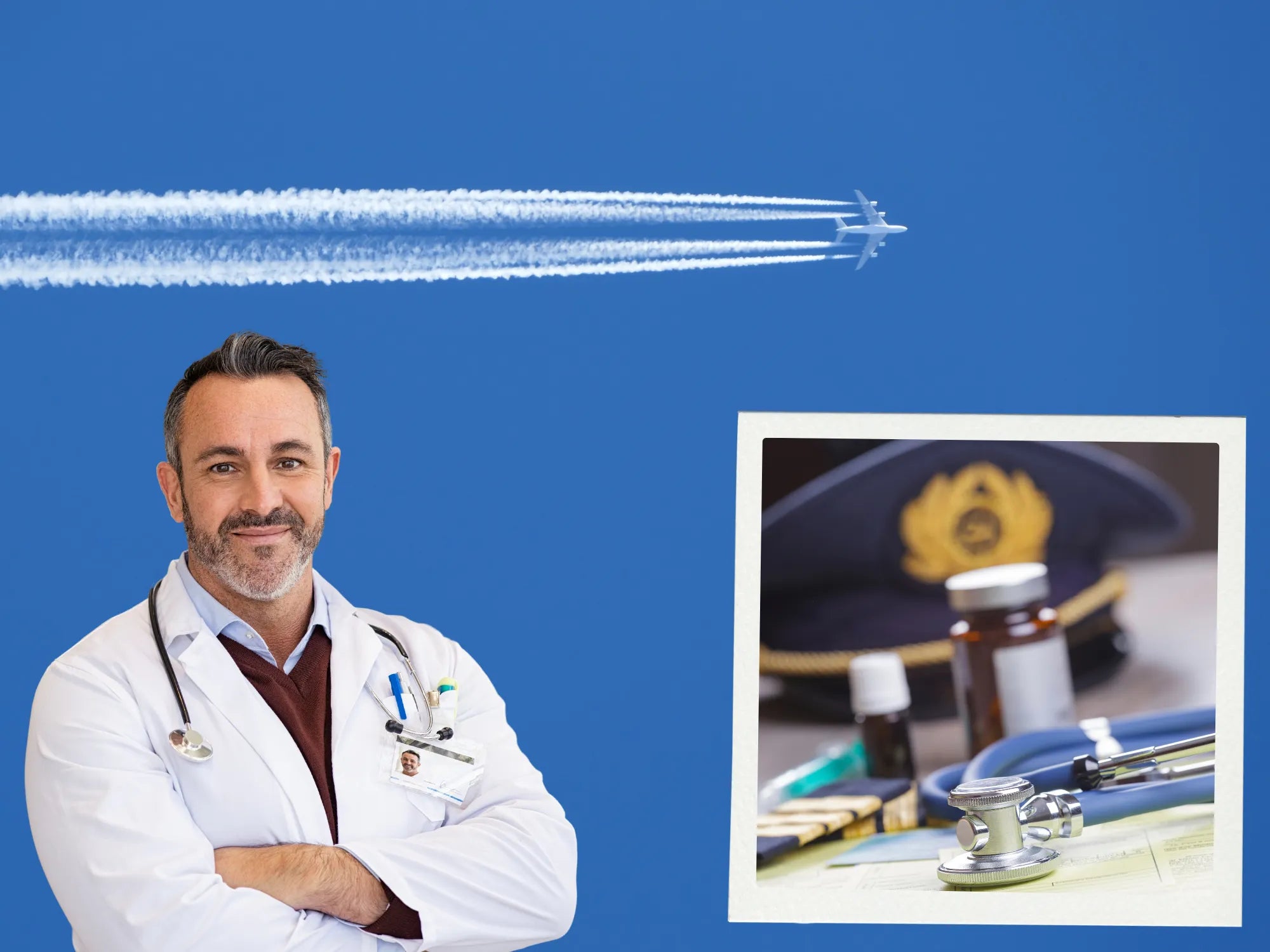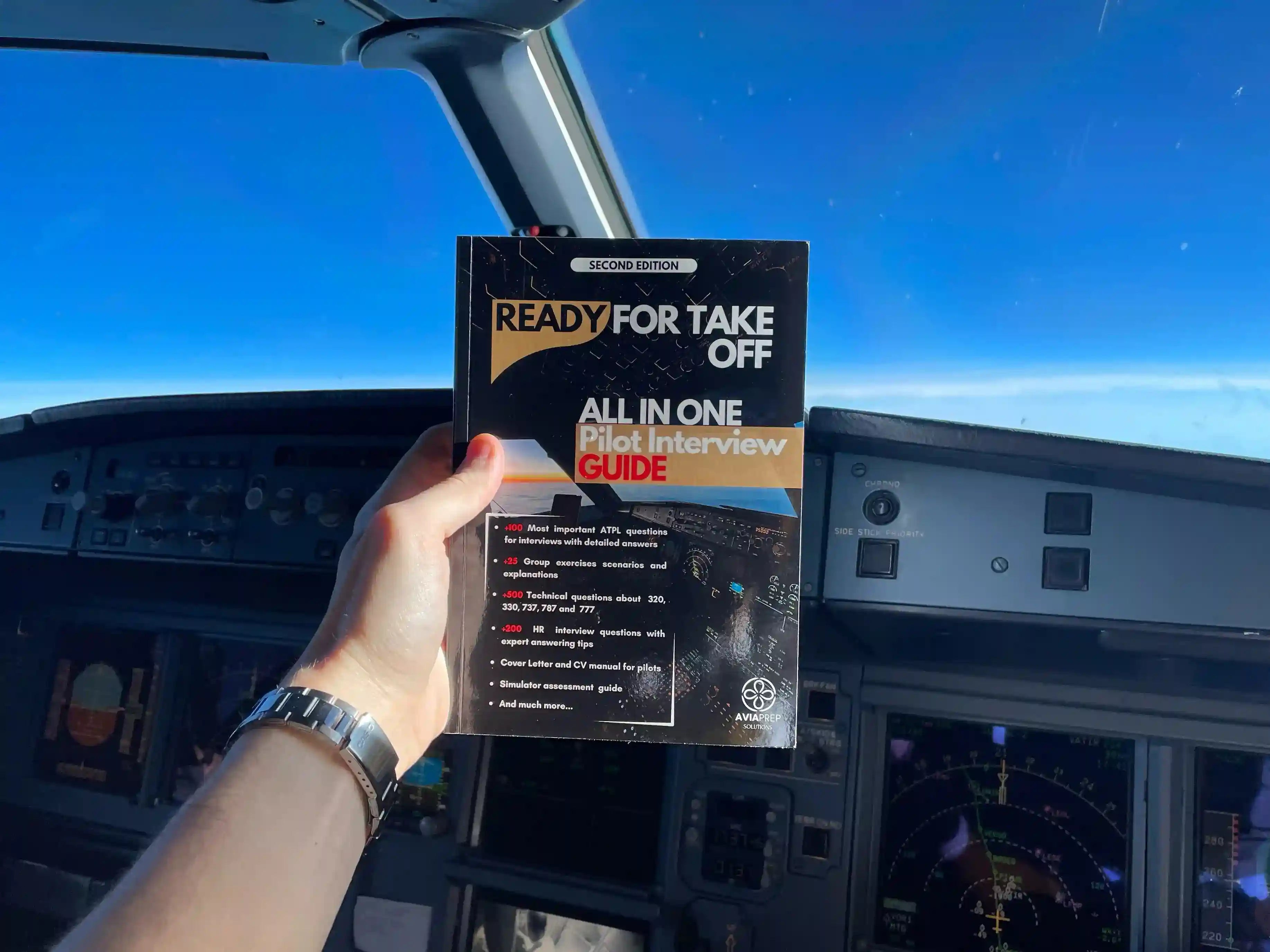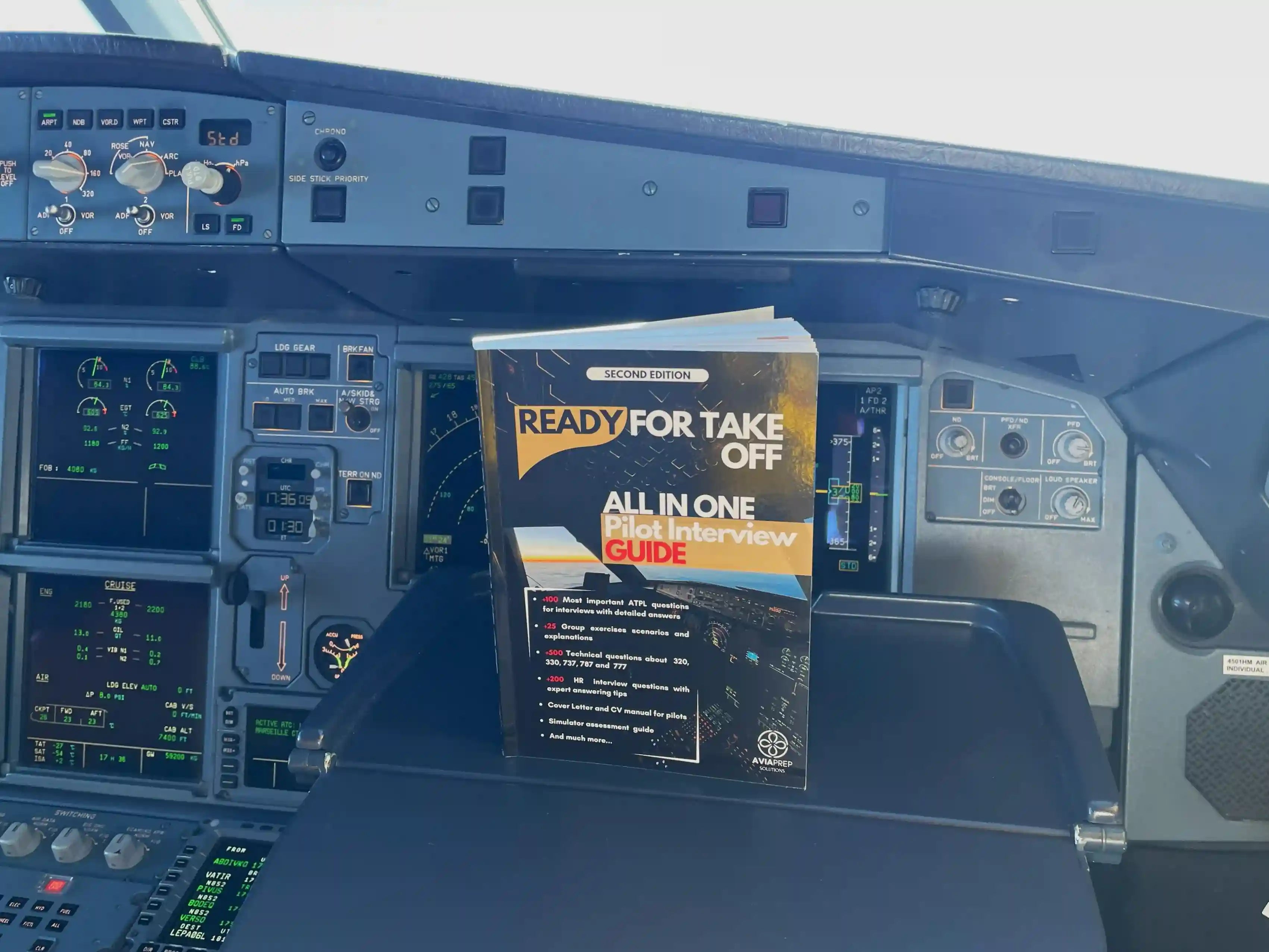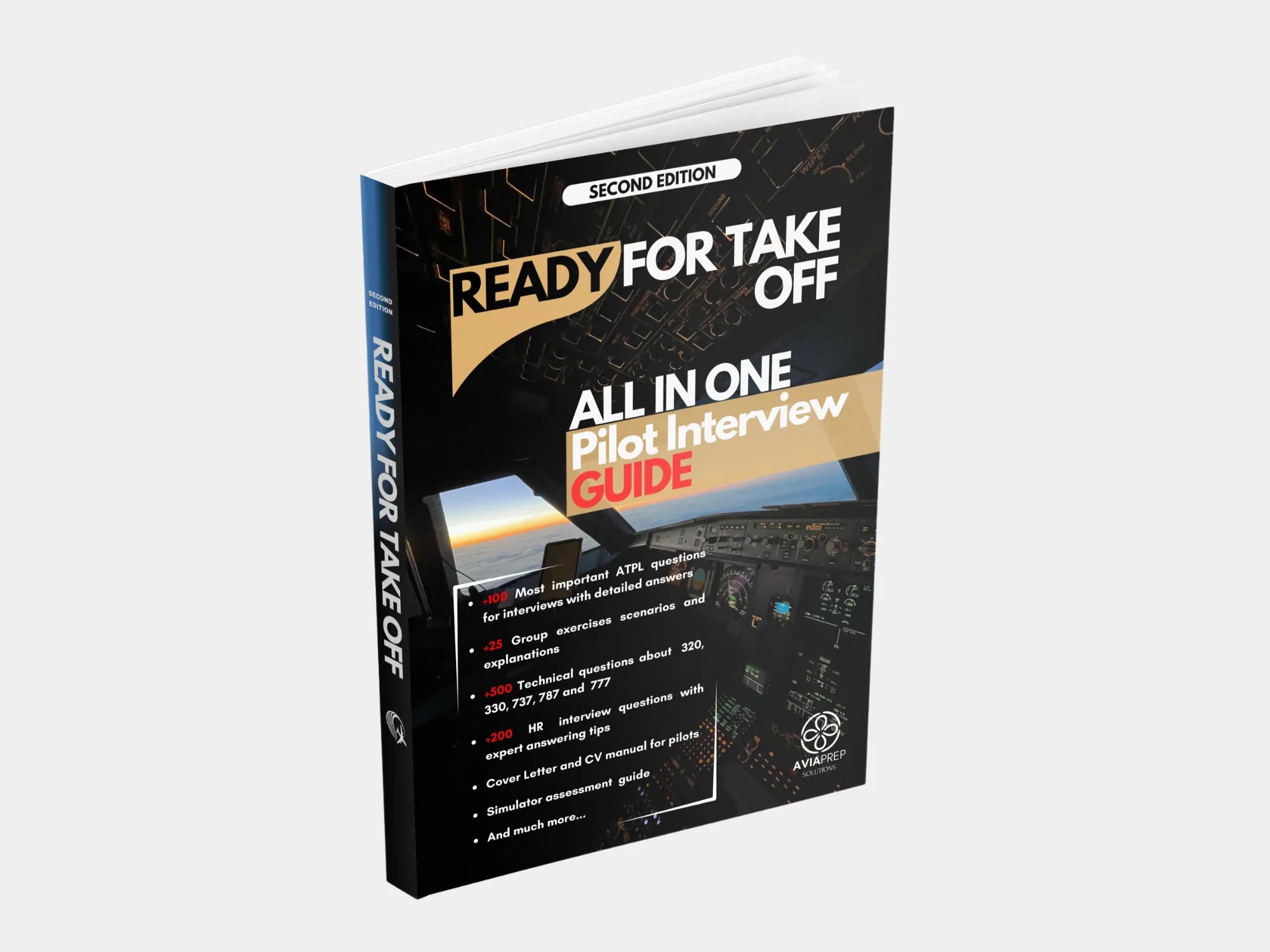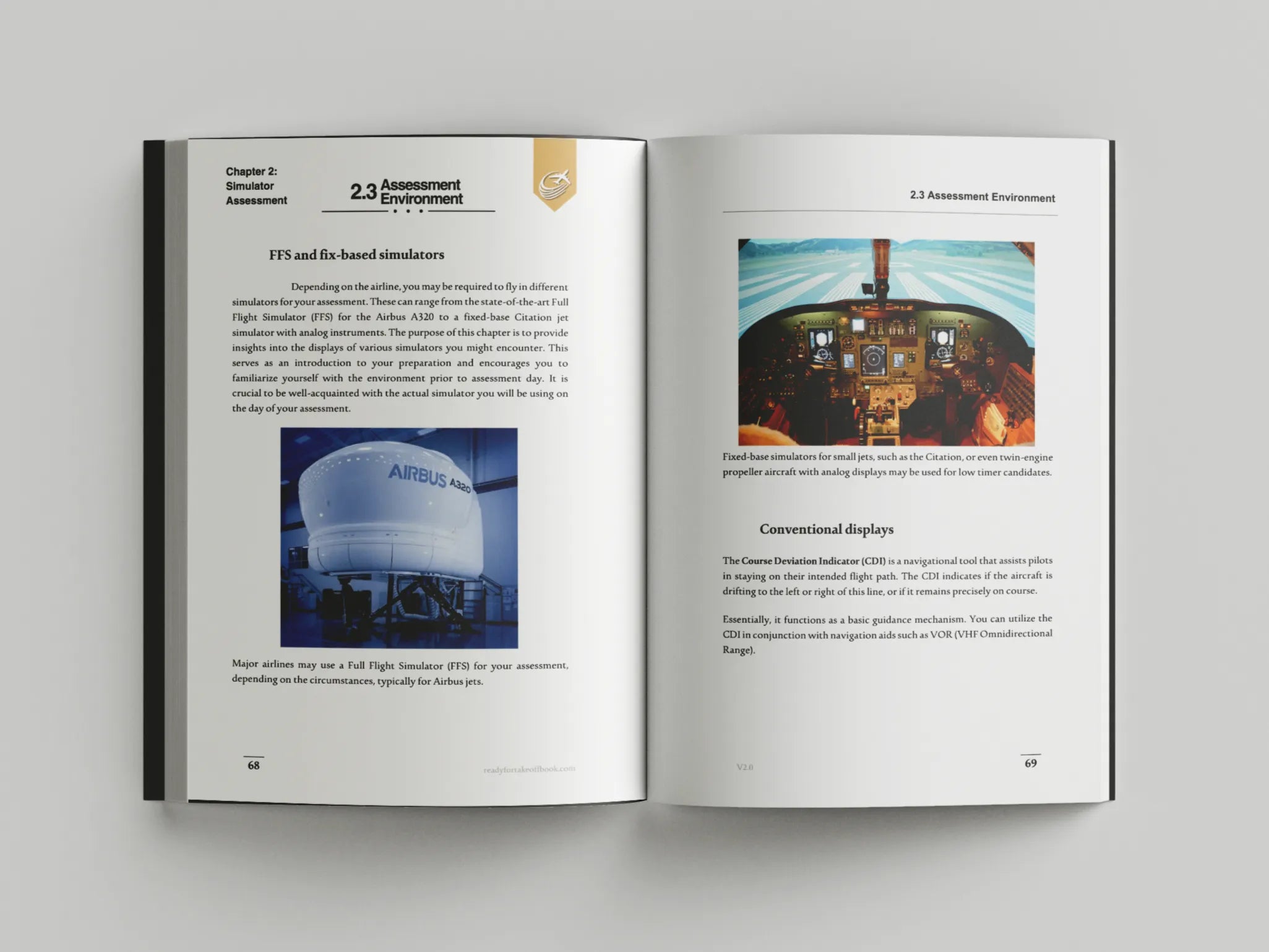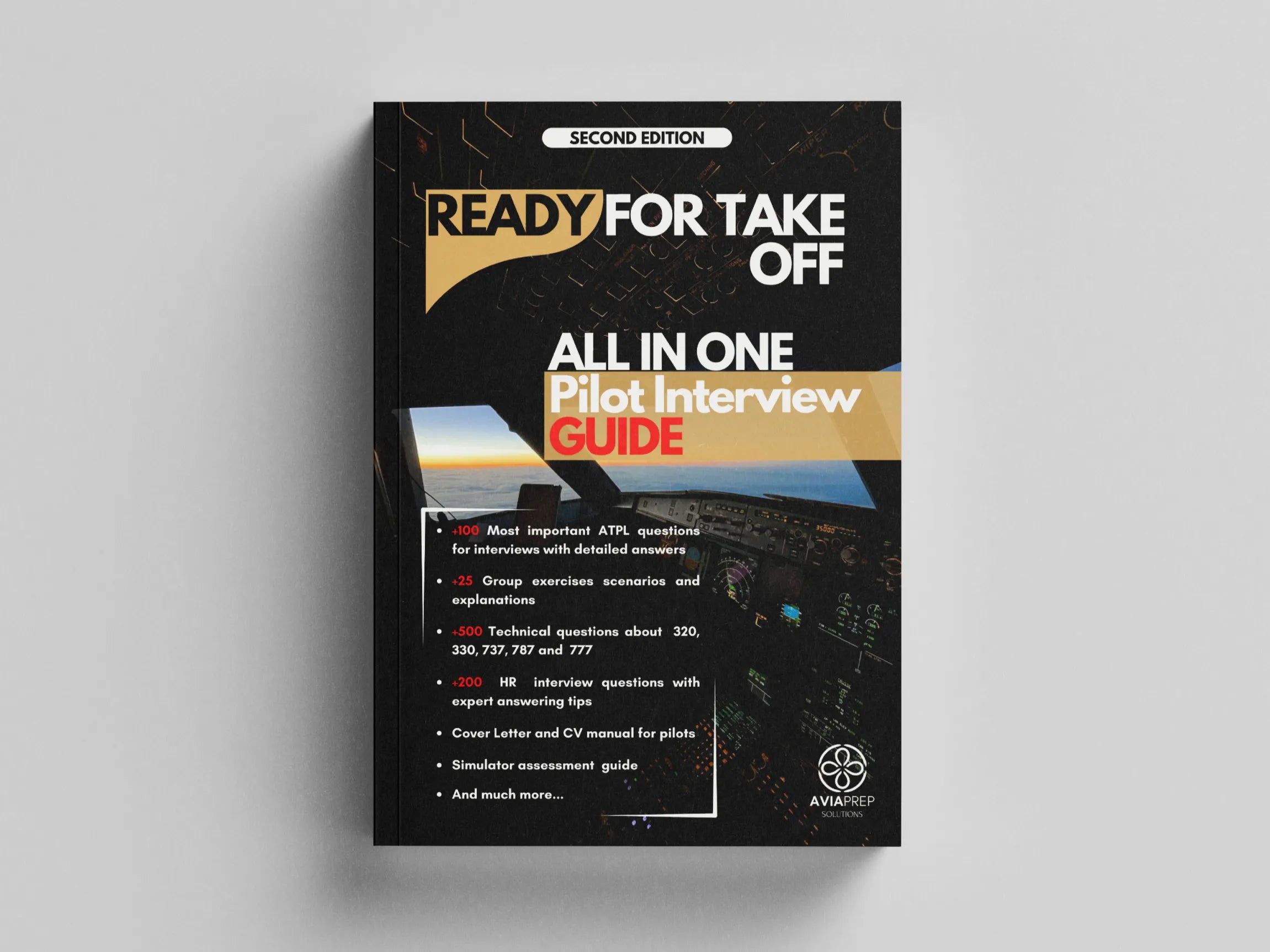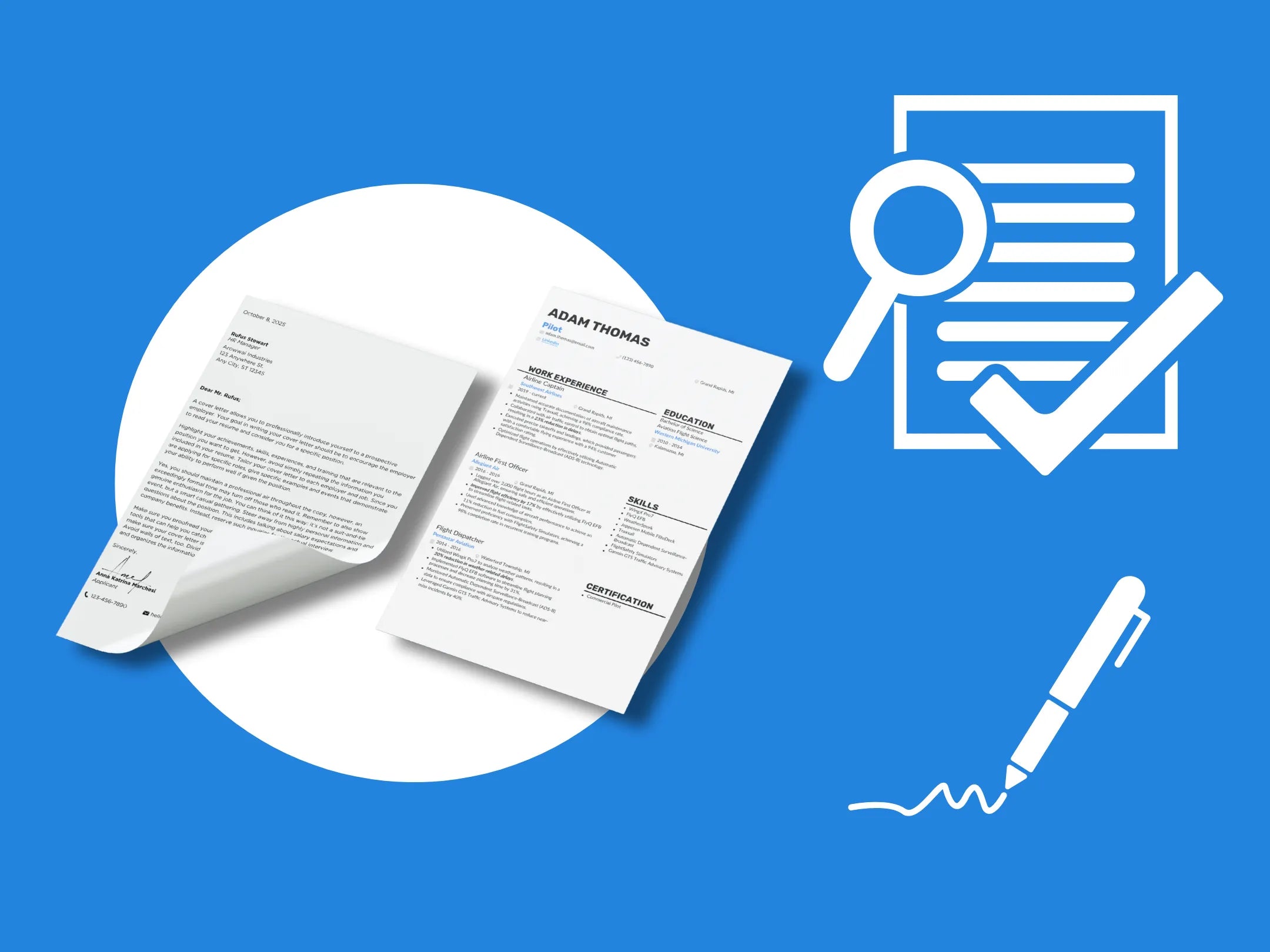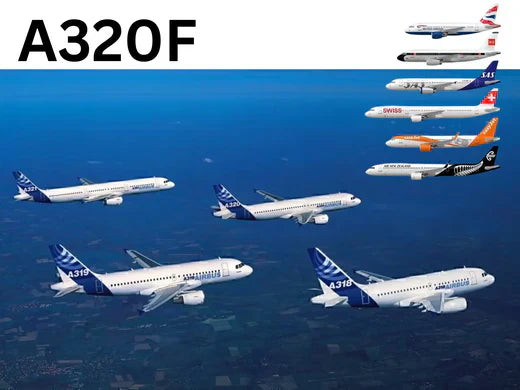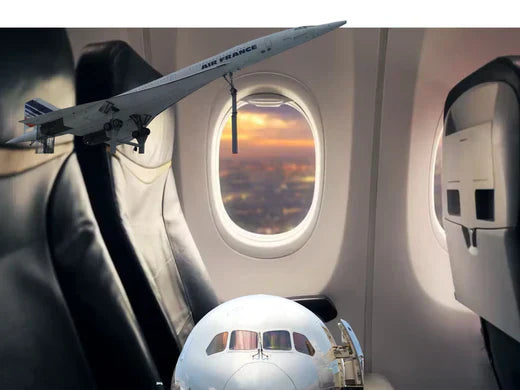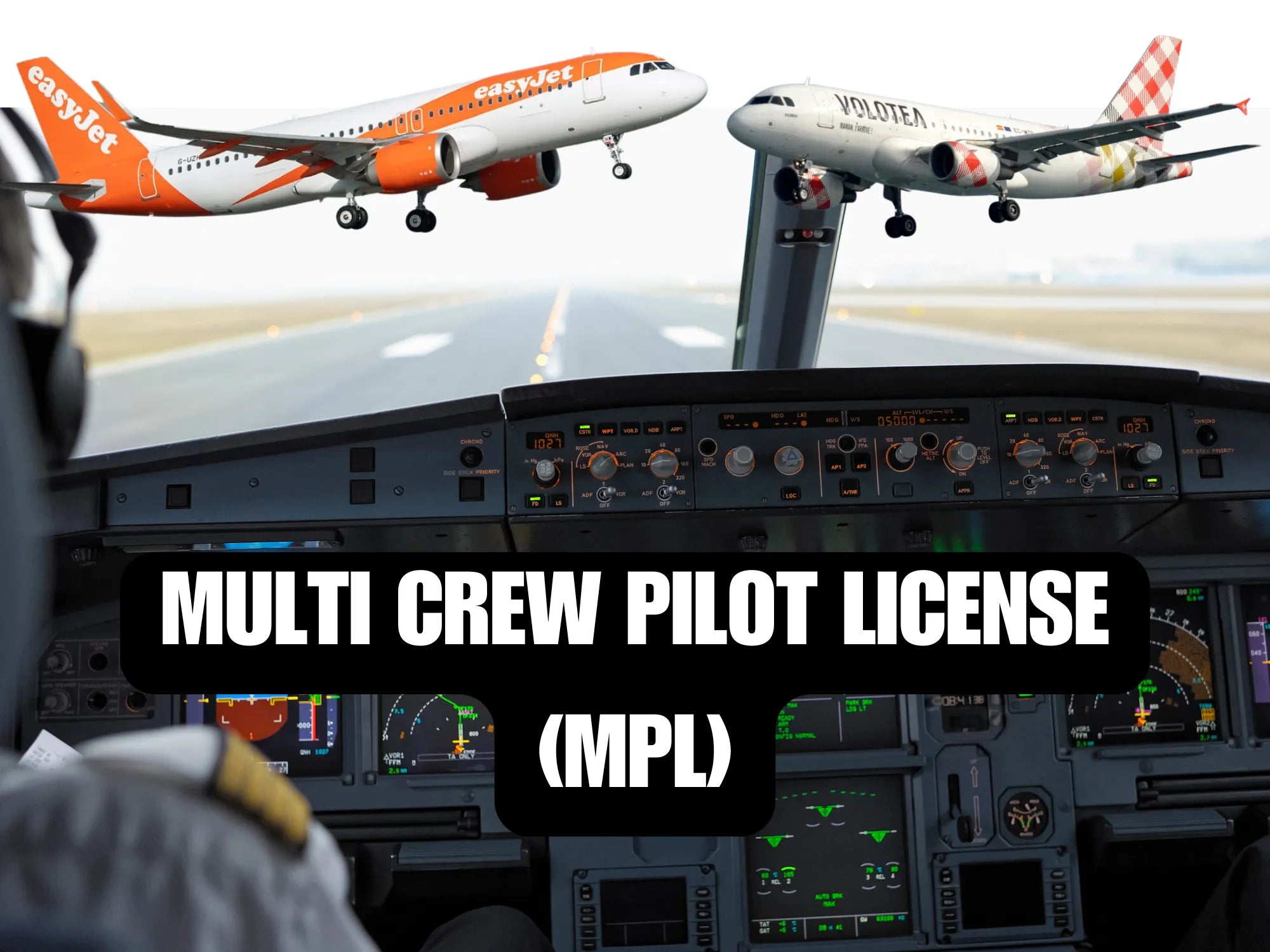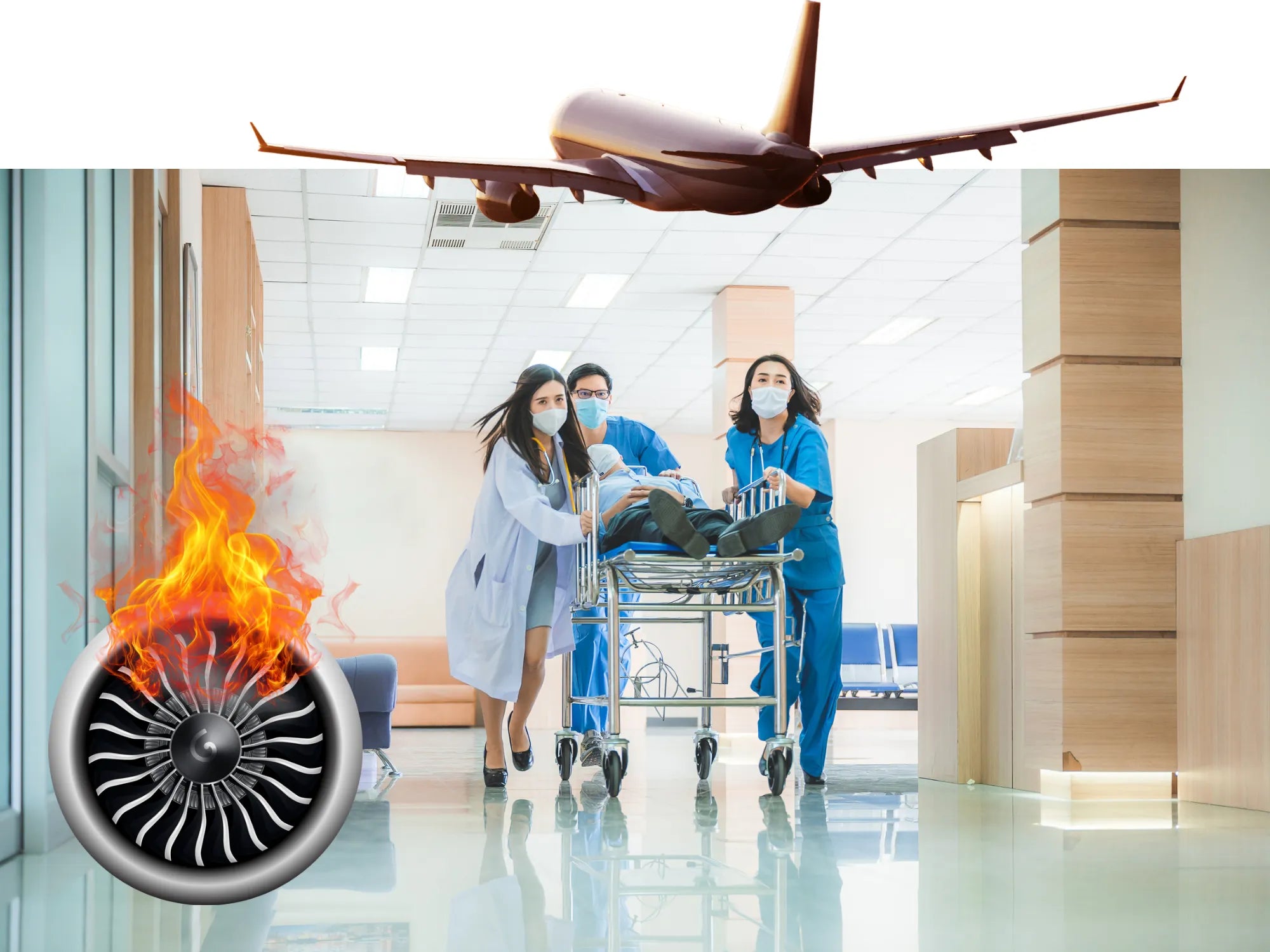Introduction
Aeronautical medicine is a specialized branch of medicine dedicated to the health, safety, and performance of those involved in aviation, particularly pilots and cabin crew. It focuses on understanding how the conditions of flight, such as low oxygen levels, high altitude, and long periods of immobility, affect the human body and mind. The field is crucial for maintaining the fitness of aviation personnel, ensuring that they can carry out their duties without compromising safety.
The Importance of Aeronautical Medicine in Aviation
Ensuring Operational Safety
The primary role of aeronautical medicine is to ensure that aviation personnel, particularly pilots, are medically fit to operate aircraft safely. Flying at high altitudes with reduced oxygen levels, dealing with rapid time zone changes, and enduring irregular work hours can have significant impacts on health. Aeronautical medicine provides the necessary frameworks and standards to manage these risks effectively.
Mitigating the Risks of In-Flight Medical Emergencies
In-flight medical emergencies can be challenging to handle due to the confined space of an aircraft, limited medical resources, and the distance from immediate medical care. By ensuring that aviation personnel are in peak health, aeronautical medicine helps reduce the likelihood of such emergencies. Additionally, it provides training for crew members on how to manage medical emergencies effectively, which is vital for passenger safety.
Supporting the Mental Health of Aviation Personnel
The mental well-being of pilots and crew members is as crucial as their physical health. The stress associated with flying, including dealing with emergencies, long hours, and time away from family, can take a toll on mental health. Aeronautical medicine addresses these challenges through regular psychological assessments and by providing resources to manage stress, anxiety, and other mental health issues.
Medical Examinations for Pilots and Crew
Initial Medical Certification
Before a pilot or crew member can begin their career in aviation, they must pass a comprehensive medical examination. This initial certification assesses whether they are physically and mentally capable of handling the demands of flying. The examination covers various aspects of health, including:
- Vision: Clear, unobstructed vision is critical for pilots, who need to read instruments accurately and perceive external visual cues.
- Hearing: Adequate hearing is essential for communication within the cockpit and with air traffic control, especially in noisy environments.
- Cardiovascular Health: Pilots are regularly checked for heart conditions that could lead to sudden incapacitation. This includes stress tests and monitoring blood pressure.
- Psychological Evaluation: Mental fitness is evaluated to ensure that individuals can handle the pressures of flying, including decision-making under stress and fatigue.
Ongoing Medical Surveillance
Once in service, pilots and cabin crew are required to undergo regular medical examinations to maintain their fitness to fly. These check-ups typically occur annually or biannually, depending on the individual's age and health status. They ensure that any emerging health issues are detected early and managed appropriately.
Special Medical Considerations
Certain medical conditions require careful monitoring. For example:
- Diabetes: Pilots with well-controlled diabetes may be allowed to fly, but they must adhere to strict monitoring and management protocols.
- Hypertension: High blood pressure must be controlled to reduce the risk of heart attack or stroke during flight.
- Epilepsy and Seizure Disorders: These conditions are generally disqualifying, as they pose a significant risk of sudden incapacitation.
Regular medical check-ups are crucial not just for the safety of the individual pilot or crew member, but for the safety of all passengers on board.
Prevention of Medical Problems in Aviation
Vaccination and Disease Prevention
Given that aviation personnel frequently travel across different continents, they are at increased risk of exposure to various infectious diseases. Aeronautical medicine places a strong emphasis on vaccination and preventive care. Vaccinations for diseases such as influenza, hepatitis, and yellow fever are often recommended, especially when flying to regions where these diseases are prevalent.
In addition to vaccinations, preventive measures such as regular health screenings and maintaining good hygiene practices are vital. These precautions help to protect not only the crew but also the passengers from the spread of infectious diseases during flights.
Maintaining Mental Health
Mental health maintenance is critical in the aviation industry due to the high-pressure environment in which pilots and crew members operate. Stress management programs, access to mental health professionals, and regular psychological evaluations are standard practices within airlines. Addressing mental health openly and providing resources for support helps reduce the stigma associated with mental health issues, encouraging individuals to seek help when needed.
Physical Fitness and Ergonomics
The physical demands of flying, such as prolonged periods of sitting and exposure to varying cabin pressures, can lead to musculoskeletal issues and fatigue. Aeronautical medicine promotes regular physical exercise and ergonomic improvements in aircraft design to alleviate these problems. This includes recommendations for in-flight exercises, proper seat ergonomics, and guidance on managing sleep patterns to prevent fatigue.
Handling Medical Emergencies in Mid-Flight
Types of In-Flight Medical Emergencies
Medical emergencies in-flight can range from minor issues like headaches or nausea to severe conditions such as heart attacks or strokes. The confined space of an aircraft, along with limited medical supplies, can complicate the management of these situations.
Crew Training and Preparedness
All flight crew members undergo extensive training in first aid and emergency medical procedures. This includes:
- CPR and Use of AEDs: Crew members are trained in cardiopulmonary resuscitation (CPR) and the use of automated external defibrillators (AEDs), which are critical for responding to cardiac emergencies.
- Medical Kits: Aircraft are equipped with advanced medical kits that include essential medications and tools to manage a wide range of medical conditions. The kits are designed to be compact yet comprehensive.
- Coordination with Ground-Based Medical Support: In severe cases, crew members can communicate with medical professionals on the ground via radio or satellite communication, who can provide guidance on managing the situation.
Passenger Health Considerations
Airlines encourage passengers with known medical conditions to inform the airline in advance. This allows the crew to prepare and ensures that necessary medications or equipment are on board. In some cases, a medical escort may be required if a passenger's condition is particularly complex or unstable.
Future Technologies in Aeronautical Medicine
Real-Time Health Monitoring
One of the most promising advancements in aeronautical medicine is the development of real-time health monitoring systems for pilots and crew. These systems could utilize wearable technology to continuously track vital signs such as heart rate, blood pressure, and oxygen saturation. If any abnormal readings are detected, alerts could be sent to the individual and to ground control, allowing for timely intervention.
Enhanced Medical Kits
Future medical kits for aircraft could include more advanced diagnostic tools, such as portable ultrasound devices or handheld blood analyzers. These tools would enable crew members to perform more accurate on-the-spot diagnoses, improving the management of in-flight medical emergencies.
Telemedicine on Flights
Telemedicine is rapidly becoming a reality in many fields, including aviation. By integrating telemedicine into flight operations, crew members could consult with healthcare providers on the ground via video or audio links during a medical emergency. This technology would allow for more precise medical interventions and better outcomes for passengers and crew alike.
Artificial Intelligence in Health Monitoring
AI and machine learning technologies have the potential to revolutionize health monitoring in aviation. By analyzing data from wearable devices and medical records, AI could predict health issues before they manifest, allowing for preventive measures to be taken. This could greatly enhance the safety and well-being of both pilots and passengers.
Frequently Asked Questions (FAQ)
1.What is the role of aeronautical medicine in aviation? Aeronautical medicine ensures that pilots and crew members are fit to operate aircraft by focusing on their physical and mental health. It plays a crucial role in maintaining the safety of aviation operations.
2.How often do pilots undergo medical examinations? Pilots typically undergo medical examinations every year or every six months, depending on their age and the type of license they hold. These exams ensure they remain fit to fly.
3.What are the common medical issues addressed in aeronautical medicine? Common issues include vision and hearing problems, cardiovascular health, mental health, and the effects of long hours and irregular schedules on the body.
4.How are medical emergencies managed during a flight? Flight crews are trained in first aid and the use of medical kits, including AEDs. They can also consult with medical professionals on the ground through radio or satellite communication.
5.What are the future technologies that could impact aeronautical medicine? Future technologies include real-time health monitoring systems, enhanced medical kits, telemedicine, and AI-driven health analytics, all aimed at improving the health and safety of aviation personnel.
6.Why is mental health important for pilots and crew? Mental health is critical in aviation due to the stressful nature of the job. Addressing mental health helps ensure that pilots and crew can perform their duties safely.
Conclusion
Aeronautical medicine is an important part of the aviation industry, ensuring that the pilots and crew members responsible for passenger safety are in top physical and mental condition. Through rigorous medical examinations, preventive care, and the use of emerging technologies, this field continues to evolve. The use of emerging technologies, such as VR, is definitely the future of this branch.
